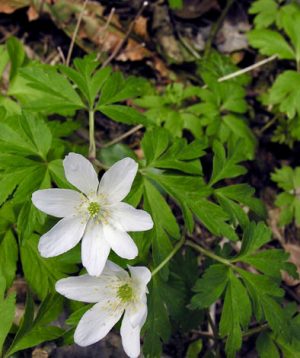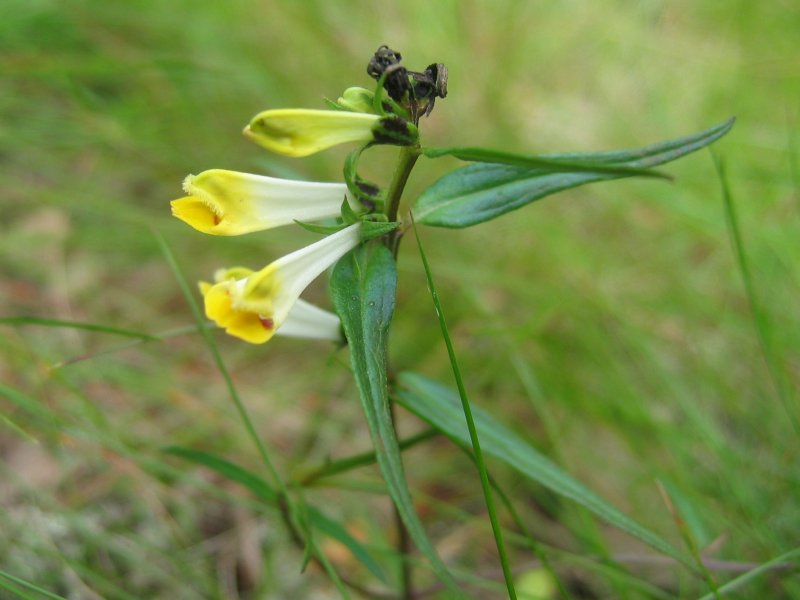Seed dispersers.

Many organisms help to disperse seeds in woodlands or forests, from squirrels, birds, bears, foxes, rabbits. The fruits / seeds may be eaten and pass through the gut of the animal or may be caught in their fur, or stuck to them (like the seeds of mistletoe or cleavers). However, there is another 'army of helpers' - ANTS.
Ants may disperse seeds in two distinct ways. The first way is
- through the activity of harvester ants. Like squirrels and other ‘gatherers’, harvester ants move through the wood or forest gathering seeds and transporting them back to their colonies. As they transport the seeds, some get dropped or lost on the way. Others may be ‘cached’ / stored, in or near the colony for later consumption, but then are ‘forgotten’. Such seeds may later germinate and establish themselves somewhere away from the parent plant. This accidental dispersal is sometimes referred to as ‘seed predation’.
- a second method of seed dispersal by ants involves a more intimate association between particular plants and specific ant species.Some plants, when they form the seed, produce an 'extra structure', attached to the seed; an ELAIOSOME or fat / oil body. This elaiosome lures or attracts ants to the seed. Wood anemone and cow-wheat (Melampyrum pratense) seeds have an elaiosome.

cow wheat ; thanks to Kristian Peters -- Fabelfroh 09:39, 3 October 2006 (UTC), CC BY-SA 3.0, via Wikimedia Commons
Ants need some fat, and fat-rich food is hard to come by in the woodland setting. The ant carries off the seed to the colony, where the fat body is eaten (often by the ant larvae). The seed is then left and can later germinate. This interaction between plant and ant is termed MYRMECOCHORY. It is a form of mutualism, as there are benefits to this arrangement for both ‘partners’.
- The seeds of the plant are ‘protected’ from seed predation by birds and rodents.
- The seed is dispersed from the parent plant, ants bearing a seed for some 70 metres have been recorded. The seed is then (often) deposited in a nutrient rich microhabitat.
- The ant gains a ‘tailor made’ food material rich in fat, an energy rich material.
- In some areas, such as Australia, the seed may be protected from fire as it is buried at some depth.
Myrmecochory is seen in many species in north eastern America, but also Europe, Australia and Africa.
wood ants
Comments are closed for this post.
